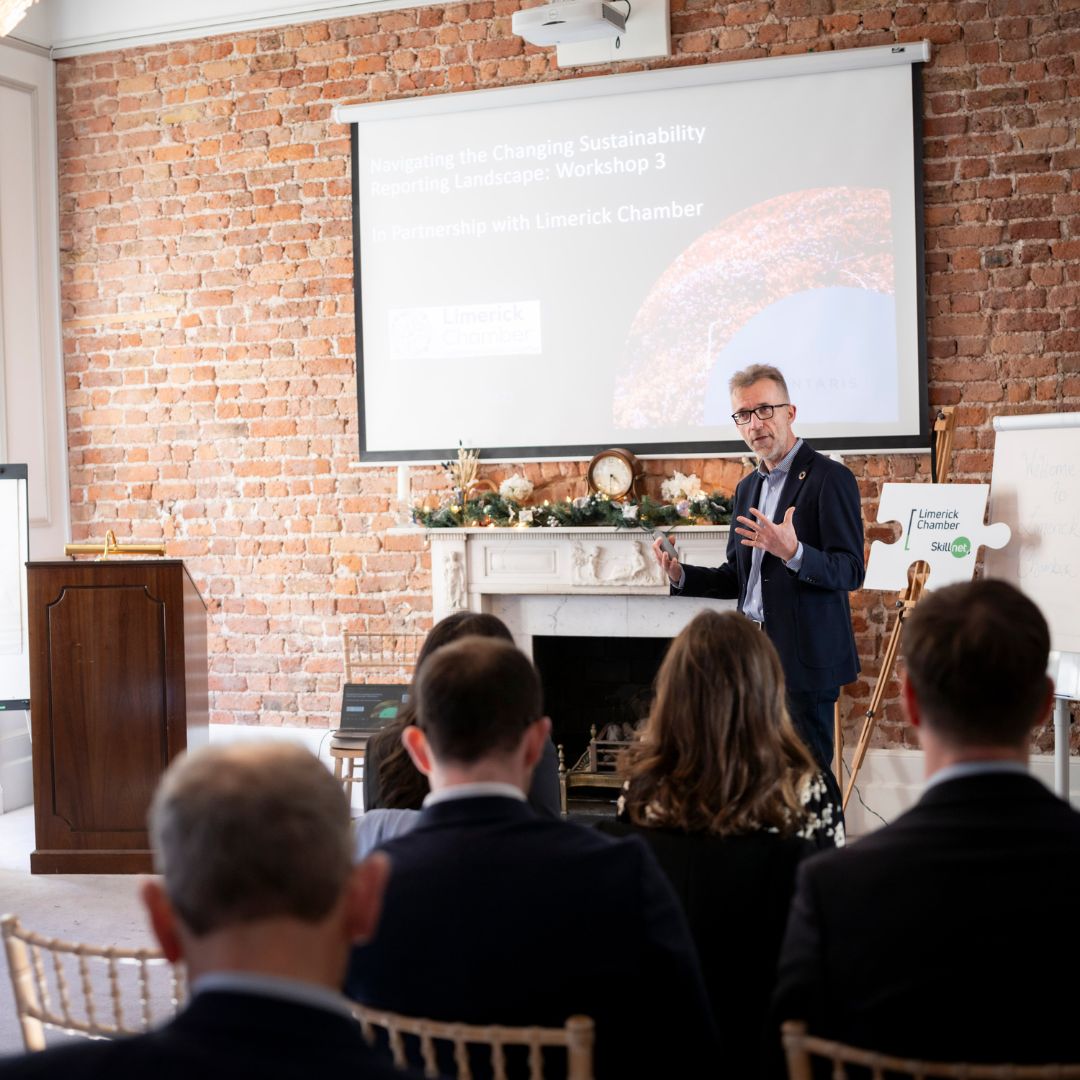Having delivered several Climate Action Leadership programmes for public sector organisations, one thing I have consistently noticed is that attendees are fully aware of the compliance obligations to reduce organisational greenhouse gas emissions by 51% and improve energy efficiency by 50% by 2030.
However, in my experience, attendees are much less aware of the broader invitation to leadership extended in the Climate Action Plan (2022), which acknowledges that:
the public sector plays an important leadership role as a catalyst, advocate, and proof-of-concept for ambitious climate action across buildings, transport, waste, and energy categories.
This broad invitation is further elaborated in the 2024 Climate Action Plan, which invites Public Sector organisations to lead as exemplars of transformational possibility:
- Here and now: the public sector will act, make progress, and build momentum to deliver our climate action vision. We will deliver transformative change with appropriate accountability frameworks, through our coordinated strategies, policies, mandates, and roadmaps.
- The bigger picture: the public sector will influence society, instil change, and support our people to promote climate action in their workplaces and communities. Public servants will be ‘change agents’ in their social networks.
- Looking to the future: the public sector will get ready and scale up activity to achieve increasingly ambitious targets
When the idea of leadership moves from delivering a narrow and quantifiable requirement to a broad invitation to step forth and embody a way forward in pursuit of an unprecedented transition, everything changes. Typical observations include:
- How can a public sector organisation play the role of a proof of concept for ambitious climate action, given the sense of being part of a risk-averse culture that is conscious of not being seen to waste public resources on anything that might be seen as a fanciful venture?
- How might this invitation conflict with the legal remit (often a Statutory Instrument) and the founding purpose of the organisation?
- How does an organisation set metrics and targets, report on actions and establish its accountability for leading in a way that cannot be easily quantified?
And of course, there aren’t easy answers!
When leadership moves beyond compliance and asks for a pioneering approach to a complex challenge, the real crux of leadership comes to the surface. That is because leadership demands navigating through a double bind of maintaining service as usual (and being reliably predictable) while at the same time exemplifying an unprecedented socio-economic transition that has inherently unpredictable second and third order impacts.
Having facilitated several discussions on this conundrum, here is a selection of the “aha moments” when something akin to a penny seemed to drop:
- You can only lead to the level of criticism that you are prepared to tolerate: If you are truly leading, you will inevitably challenge prevailing interests, and you will be criticised. If you cannot tolerate that criticism, or at least wear it lightly, it is very difficult to lead.
- Conflict is not to be avoided, it is an essential element of transition: Most conventional management and leadership theory speaks of the need for alignment, but from a climate leadership perspective (and contrary to the received wisdom), it is through misunderstanding, contention and a certain amount of messiness that novelty and hence innovation emerge. Leadership is the capacity to embrace this reality.
- More than anything, climate change is a cultural problem: This leads to the realisation that a leader’s most important task is to engage in, provoke and stimulate informal interactions and that shifts in culture emerge through paying attention to patterns, norms and habits and the quality of communication and connection between people and stakeholders.
- To perform, as a leader in a way that the public sector climate action mandate invites, there isn’t a readymade toolkit or recipe to follow: In this context, the most important work of a leader is to enquire into what is working well and to encourage it.
The invitation to a more complex form of leadership as envisaged in the Climate Action Mandate provides scope to public agencies to be more creative and ambitious in their business planning and in developing business cases for specific projects. This includes championing climate initiatives that may yield uncertain levels of success but nonetheless offer important transferable learnings.
Fulfilling the invitation to be a change agent asks leaders to enable a shift in focus (both in themselves and others) from seeking certainties, towards cultivating a culture of exploratory thinking about possibilities, framing the future as open and collectively shaped with multiple stakeholders. We can go even further and propose that the most effective public sector leaders will continually test their capacity to disrupt traditional hierarchies of influence to progress towards sustainable outcomes for a wider body of societal stakeholders, such as citizens, communities, animals, and nature.
We need leaders who can take this on, without seeking control; leaders who are fully open to the “here and now”, and in doing so, possibilities for action that could not be planned for will emerge. And organisations can further set an example by using the narrative sections in their annual Climate Action Roadmap to publicly share their endeavours and what they have learned along the way.
These are daunting and exciting times for climate leadership!
Note: This article was published in the July 2025 (issue 19) of the PAI Review.

Share this on...